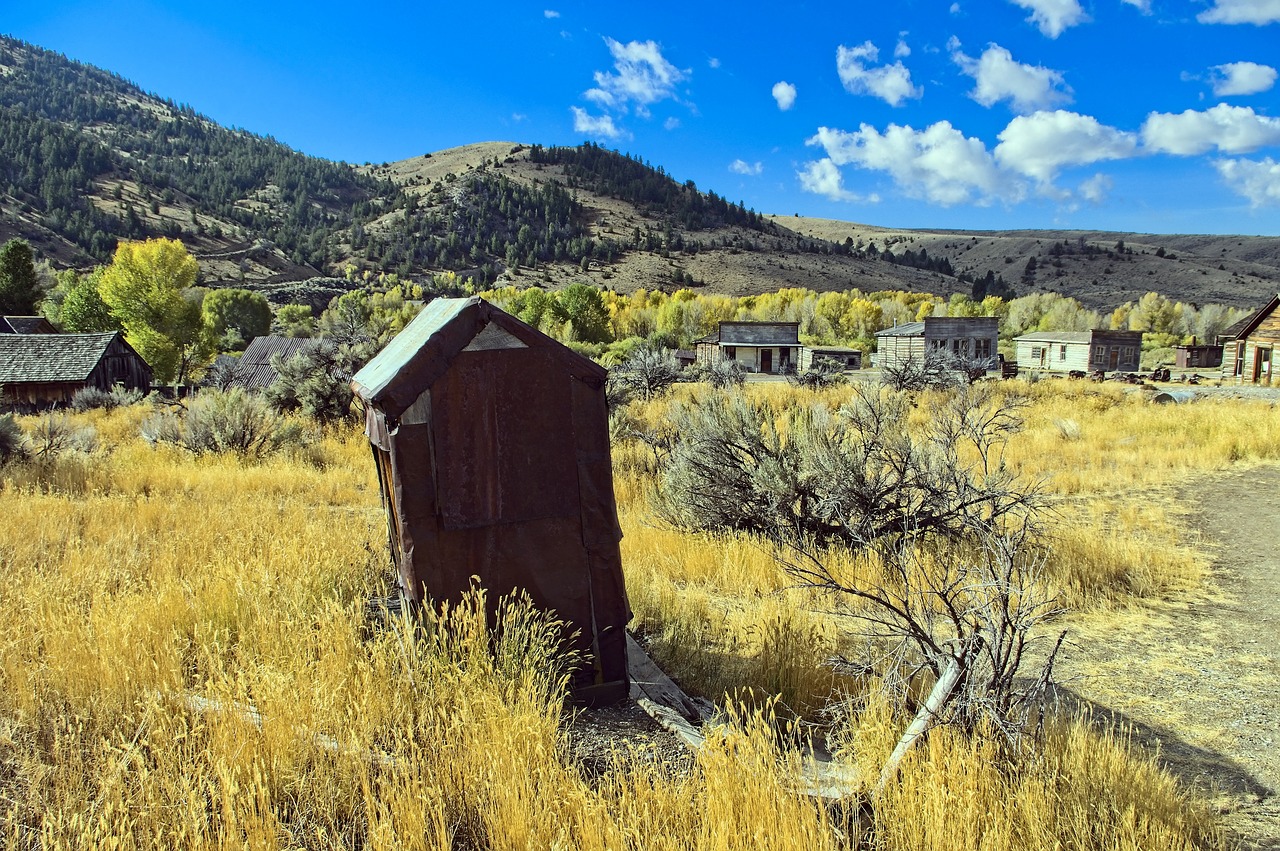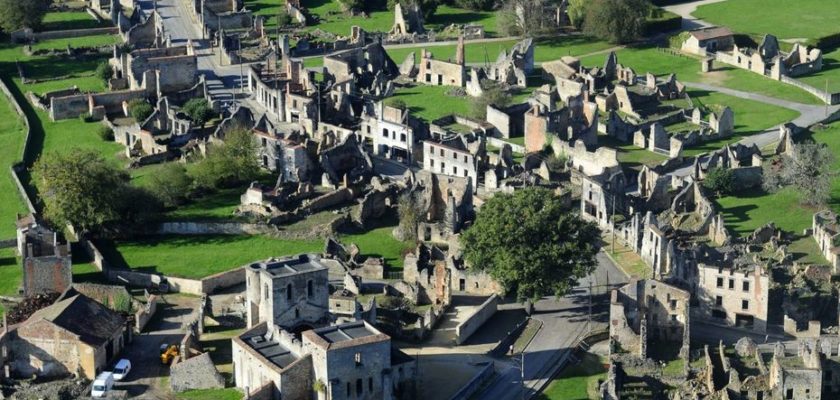Hashima Island – Japan
Hashima Island, often known as Gunkanjima (Battleship Island) due to its silhouette, stands as a symbol of Japan’s rapid industrialization. Once the site of undersea coal mining, it flourished from the late 19th century until its abandonment in 1974. The dense cluster of decrepit concrete buildings on this tiny island offers a stark contrast to the surrounding sea, creating a surreal atmosphere. Now open to tourists, Hashima Island reveals the remnants of a once-thriving community, complete with apartment blocks, a school, and a hospital. It’s a haunting testament to both the achievements and costs of industrial progress, inviting reflection on the complex interplay of industry, community, and environment.
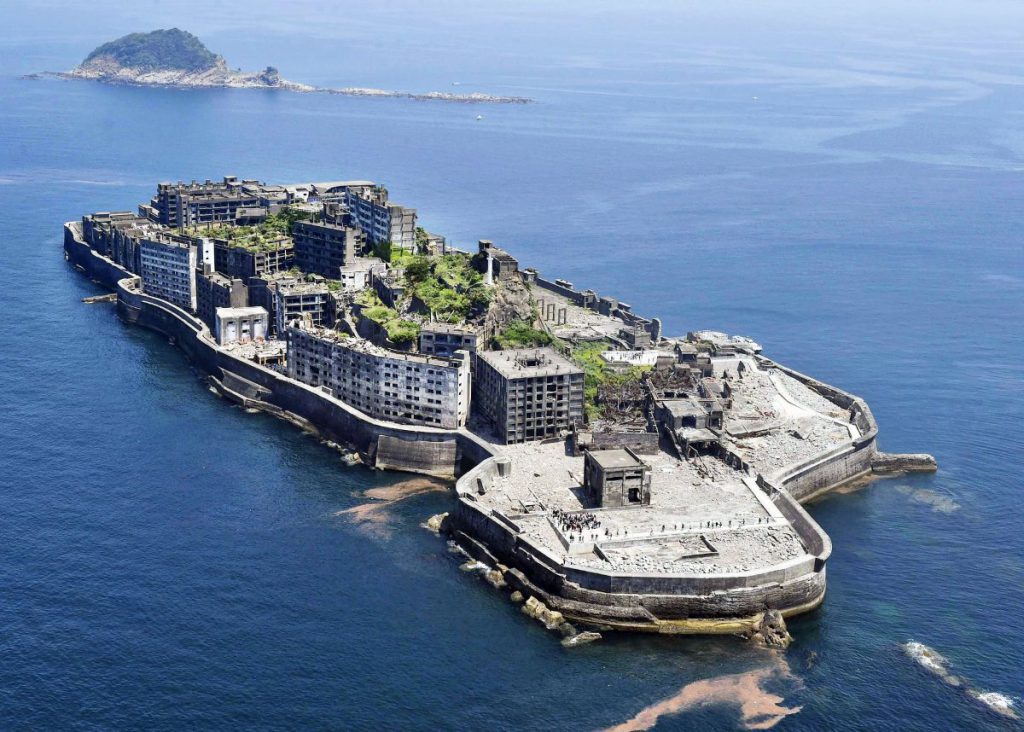
Romagnano al Monte -Italy
Romagnano al Monte, a jewel nestled in Italy’s Campania region, offers a striking snapshot of medieval life. Abandoned following an earthquake in 1980, this town’s ancient stone buildings and winding alleyways speak volumes of its storied past. Perched atop a hill, Romagnano al Monte overlooks breathtaking landscapes, offering a serene yet haunting beauty. Its abandonment has preserved a unique architectural heritage, making it an intriguing destination for those drawn to Italy’s rich history and culture. Visitors can wander through the deserted streets, imagining life as it was centuries ago, and appreciating the enduring charm of this Italian ghost town.
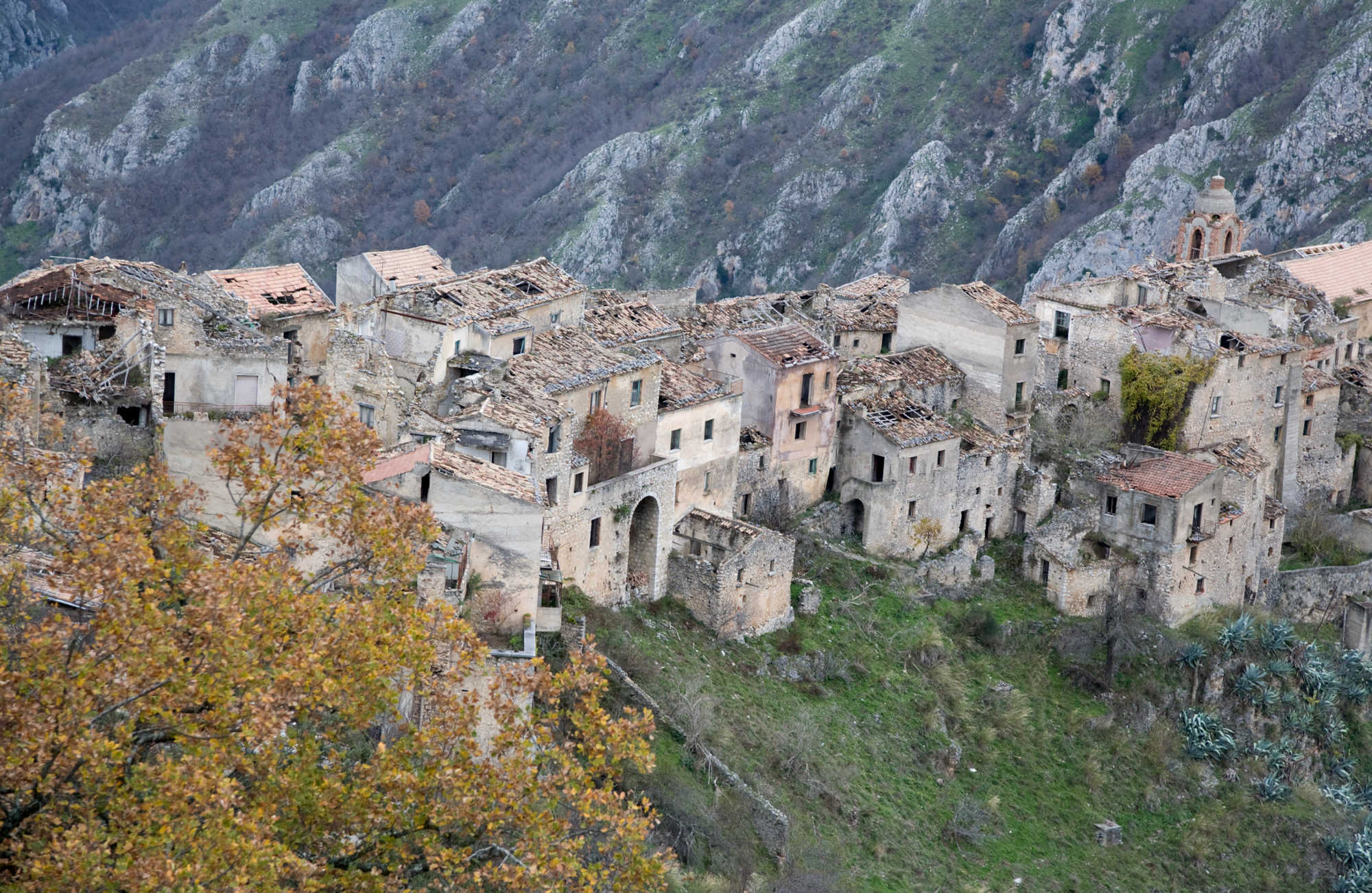
Kayaköy, Fethiye District – Turkey
Kayaköy, nestled in the Fethiye district of Turkey, offers a different kind of ghost town experience. Once a thriving community of Greek Christians, it was abandoned in the 1920s due to population exchanges between Greece and Turkey. Today, this abandoned stone village with its hundreds of deserted houses and churches, provides a poignant glimpse into a past community’s life. It’s a reflective space for understanding cultural shifts and the impact of political decisions on ordinary lives.
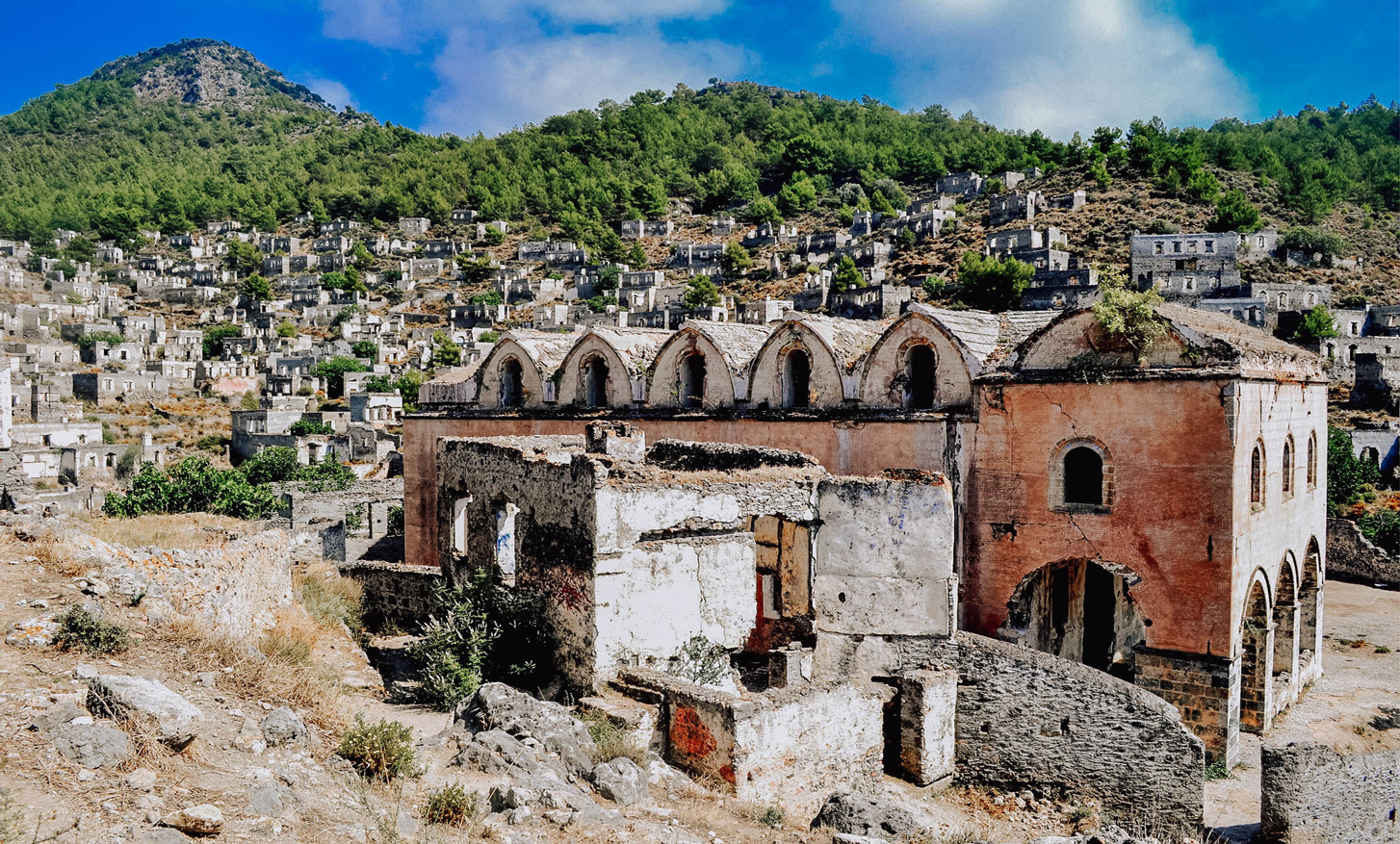
Cañada de Benatanduz – Spain
In the heart of Spain lies Cañada de Benatanduz, a hauntingly beautiful ghost town. Once a medieval settlement, its decaying stone buildings and narrow streets echo with tales of a bygone era. The town’s slow decline started in the 19th century, accelerating with rural depopulation in the 20th century. Today, it stands as a picturesque yet somber reflection on the passage of time, offering a serene yet eerie escape into Spain’s rural history.
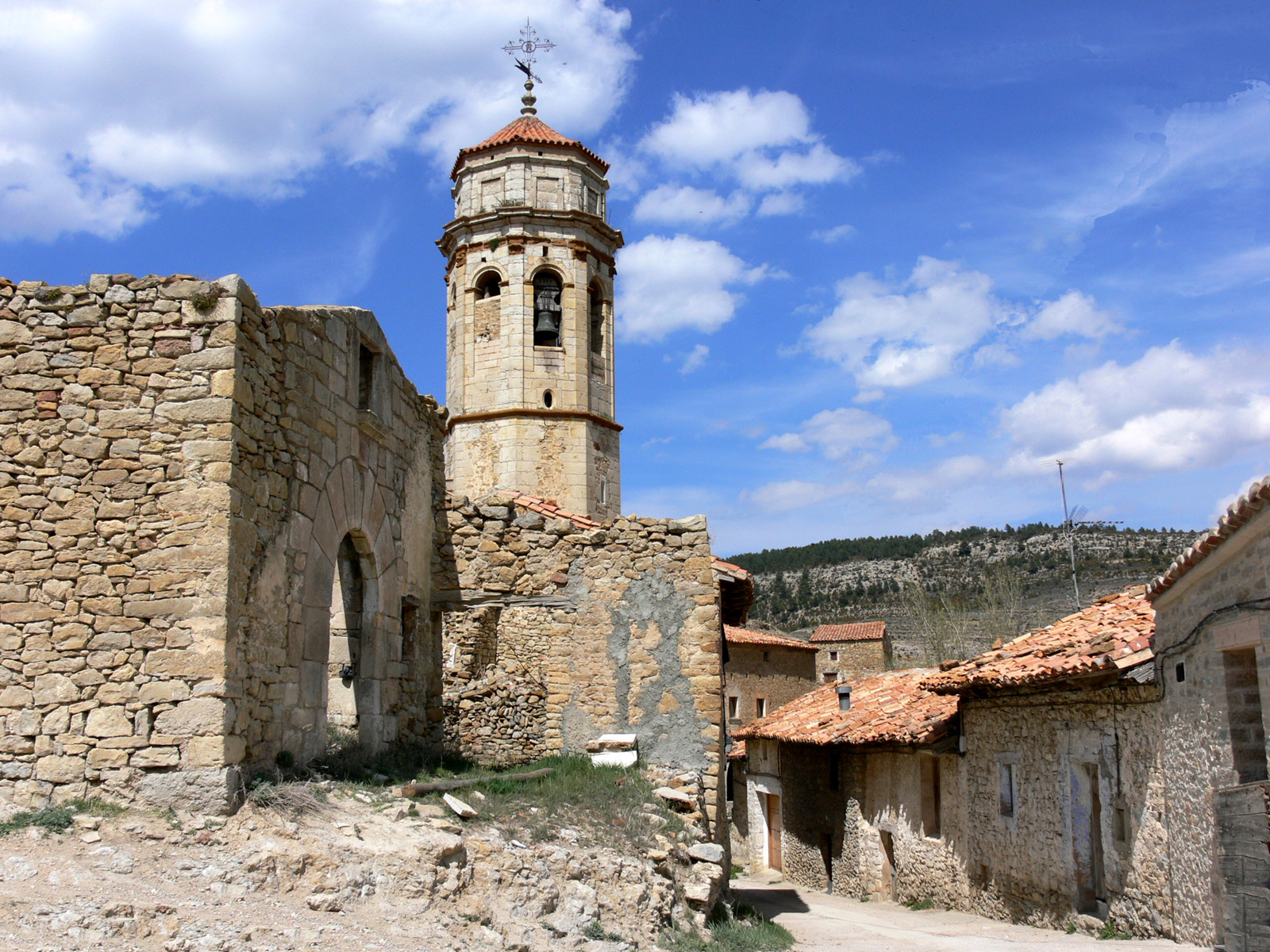
Beichuan – China
The town of Beichuan in China’s Sichuan province was tragically reshaped by the devastating 2008 earthquake. This natural disaster transformed the bustling town into a silent memorial. The preserved ruins now serve as a powerful reminder of the earthquake’s impact. It is attracting visitors who come to pay respects and learn about the event’s profound effects on the community. The site provides a poignant look into the resilience and recovery in the face of natural disasters.
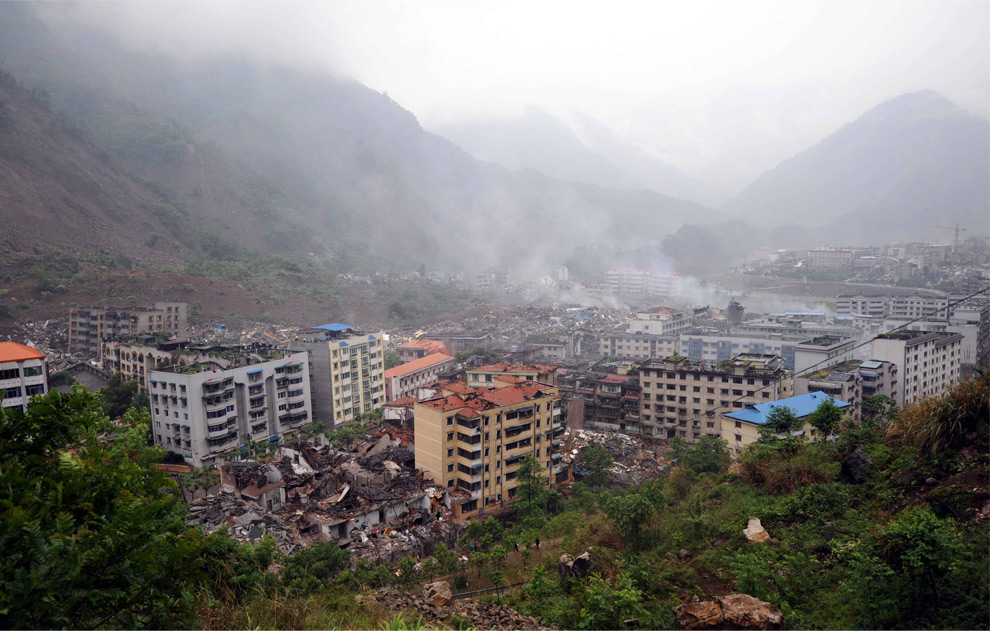
Oradour sur Glane – France
Oradour-sur-Glane in France stands frozen in time since June 10, 1944. This historical ghost town serves as a stark reminder of the horrors of war. The village was the site of a brutal massacre during World War II. And its ruins have been preserved as they were left on that fateful day. Visitors to this solemn site can walk through the remnants of homes and businesses, a haunting tribute to the lost lives and a powerful symbol of peace and remembrance.
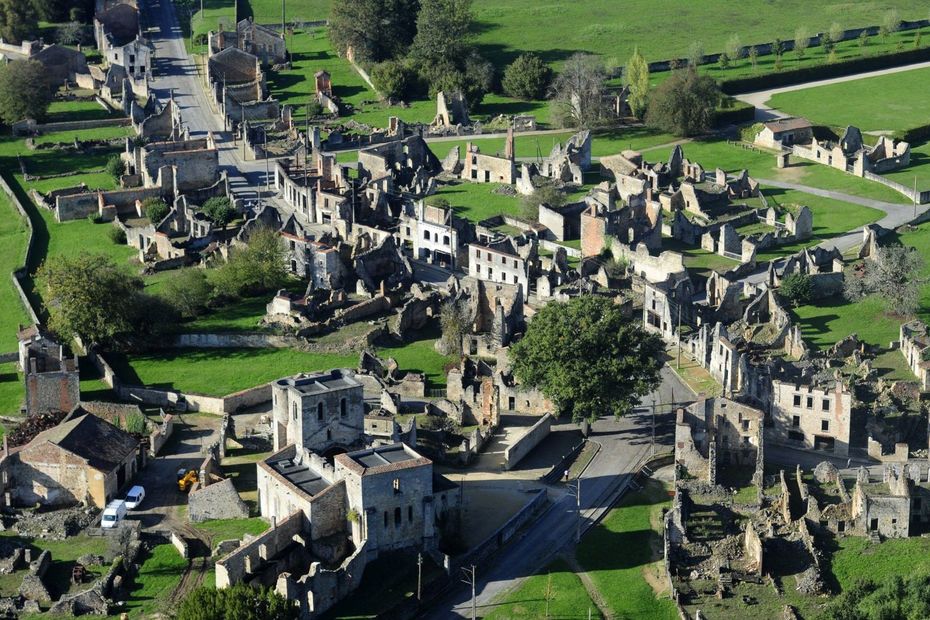
Bannack, Montana – USA
Bannack, Montana, is a well-preserved testament to the American Gold Rush era. Founded in 1862 when gold was discovered, it rapidly grew but was soon abandoned as the gold depleted. Now a state park, this historic ghost town features over sixty structures, from the old saloon to the jail, standing as silent relics of a once-thriving community. Visitors can stroll the deserted streets, feeling transported back to a time of prospectors and pioneers, making it a treasure trove for history enthusiasts.
